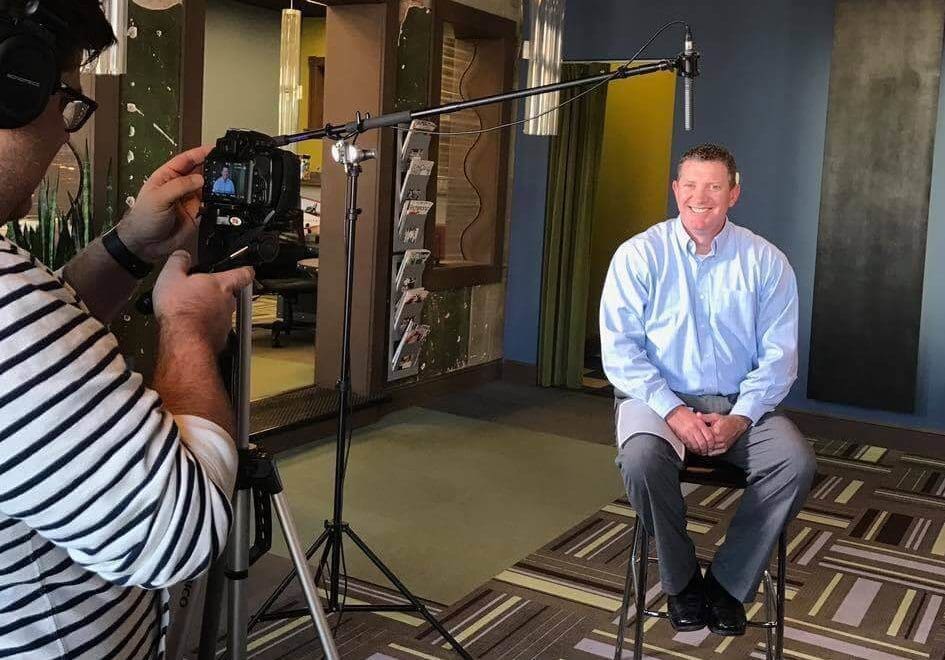Four reasons to media train your employees

We all know the benefits of a well-placed story in the media. Part of the earned-owned-paid trilogy of public relations, earned media can be wildly successful at raising your awareness and enhancing your credibility. And by effectively merchandising media hits on digital platforms, you can amplify that success even more. Timely placements also can help boost SEO, complement your content marketing plan and serve as an important leg of your overall marketing program. It also gives employees (and your employer) a sense of pride in your organization – after all, who wouldn’t want to see their company featured in local news, national media or industry outlets?
There is a lot that goes into planning and executing an effective media relations plan: strategy, research, metrics, etc., but one key piece of the puzzle is making sure your staff is prepared to talk to the media.
During a crisis, it’s common for large companies and organizations to identify one key spokesperson to handle all media requests, but when media relations is incorporated into your overall marketing strategy, you’ll want a wider net of employees to be available and properly trained. That’s why proactively putting your team through media training is a prudent idea.
What is a media training?
Media training involves tools, tips and techniques for interacting with reporters. It’s designed to teach potential interviewees how to control the conversation. Training also provides a forum for creating and practicing concise key messages as well as preparing responses to curve-ball questions and prospective situations.
When will your employees need media training?
Public relations people aren’t always the best spokespeople, especially when the subject matter is challenging or complicated and requires detailed or nuanced explanations. And so there may be occasions when some front-line employees will talk to reporters over the phone either on background or in response to breaking events. There may even be times when they will need to appear on camera. Here are four scenarios when you should consider putting your staff through media training.
1. When your company is hosting a media event.
Media previews, grand openings and community events are a few examples of events when you’ll want to have more than just one company spokesperson ready to talk to the media. Camera crews and reporters are often brushed up into the busyness of events and may reach out to any available employee at a moment’s notice. There also are occasions when there are too many reporters to deal with at particular events, making it a good idea to have several employees trained and ready to answer questions.
2. When your goal is to raise awareness in local markets.
If your company is focused on raising awareness about a product or service to local consumers, it will be handy to have a handful of employees ready to talk about your business on local morning news shows, magazines and newspapers that often highlight local businesses.
For example, part of the work we do with Virginia Distillery Company is to raise awareness about its whiskeys and cocktail programming in local markets where they are available. The distillery’s Guest Experience and Education Manager Amanda Beckwith has been a great asset to both the distillery and media relations work we do. Amanda knows her way around a microphone and has made a few appearances on local news shows in the Virginia market, including Virginia This Morning and Daytime Blue Ridge.
3. When employees are organizational leaders.
Media training gives organizational leaders an opportunity to be recognized as more industry-wide leaders. Executives and upper-level management are responsible for overseeing strategies and operations in their department, offering employees resources, support and the training and education they need for success. We call them subject matter experts (SMEs). Leveraging their experience and expertise makes them excellent resources for pitching to trade media. Whether they could be contributing a thought leadership piece or interviewing a reporter to speak about best practices or trends, be proactive in prepping your team for media interactions.
4. When life happens and you need a back up interviewee.
Whether reporters want to talk with someone from your organization in response to a crisis or there is an opportunity to share expertise in a thought leadership piece, don’t rely on a single person to handle all media interviews. Life happens, and sometimes you’ll need a credible employee who can step in at the last minute.
At the end of the day, who in your organization should be involved in a media training will vary on a case-by-case basis and depend on your media relations goals. If you have questions about whether or not your organization could benefit from putting employees through a media training, don’t hesitate to let us know.
Leave a Reply